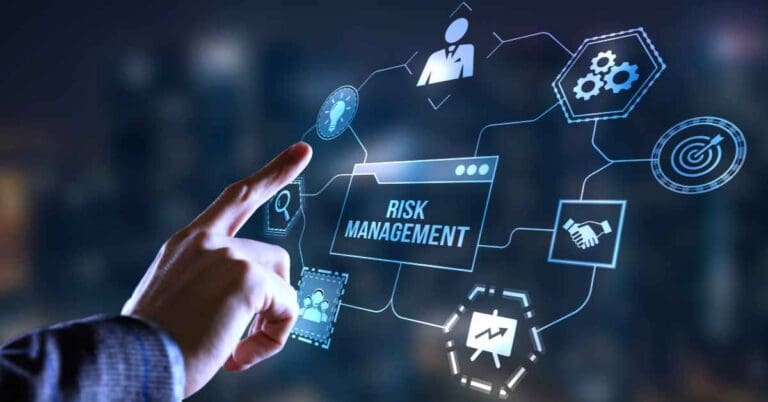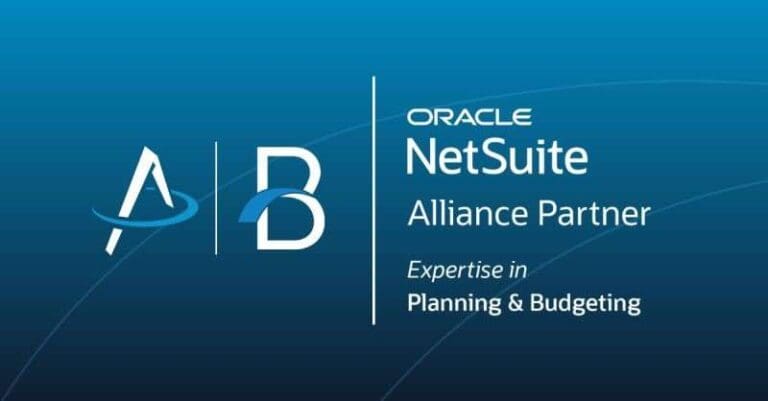NIST Cybersecurity Risk Assessments for Government Contractors & Subcontractors

Are you a government contractor, subcontractor, or company that does business with the Department of Defense or another government agency? If so, you will likely be required to follow a specific set of rules outlined in a NIST framework in order to ensure compliance.
Whether your organization must adhere to NIST SP 800-171, NIST SP 800-53, CMMC, or NIST CSF, the process of conducting a NIST risk assessment can soak up a company’s much-needed time and resources, distracting from both day-to-day initiatives and long-term growth goals.
As experts in helping government contractors and third parties develop comprehensive risk strategies and safeguard their systems from threat, we’ve outlined some essential information about NIST risk assessments to help you successfully navigate the process.
Important things to know about NIST risk assessments for government contractors and subcontractors:
- What the National Institute of Standards and Technology (NIST) is.
- What a NIST cybersecurity assessment is, plus four popular frameworks.
- What happens during a NIST cybersecurity assessment.
- Who is required to comply with NIST frameworks and risk assessments.
- Tips and steps to conduct a NIST cybersecurity assessment.
- Challenges of NIST risk assessments for government contractors.
What is NIST?
The National Institute of Standards and Technology (NIST) is a non-regulatory body within the U.S. Department of Commerce whose responsibilities include the development of NIST cybersecurity and service-provider frameworks: a series of best practices, standards, and guidelines that companies can utilize to improve their IT infrastructure and safeguard their people, processes, and systems from threat.
What is a NIST Cybersecurity Assessment?
The purpose of a NIST cybersecurity assessment is to evaluate a company’s IT infrastructure against NIST cybersecurity frameworks in order to identify potential cyber threats, gaps, and vulnerabilities and develop a plan of corrective action.
Below are four popular types of frameworks for government contractors, including the NIST IT frameworks and CMMC:
- NIST SP 800-171: A popular framework that subcontractors use, which can include a self-assessment based on guidelines. It is more general than 800-53.
- NIST SP 800-53: The benchmark for federal agencies to follow, and many private entities use it as well.
- Cybersecurity Maturity Model Certification (CMMC): A certification program that companies must comply with in order to do business with the Department of Defense. CMMC includes 800-171 requirements and more.
- NIST Cybersecurity Framework (CSF): A framework used to understand and improve cybersecurity risk management.
For information on multiple types of cybersecurity risk assessments, head to our blog: Cybersecurity Risk Assessments: Everything You Need to Know.
What happens during a NIST Cybersecurity Assessment?
The specific activities associated with a NIST cybersecurity assessment will depend on the type of framework the organization must follow – however, the overall purpose of every risk assessment is to help the company swiftly ensure compliance, prioritize the most severe risks, and develop a more proactive risk management strategy going forward.
Who is required to comply with NIST frameworks and NIST Risk Assessments?
Any company that does or seeks to do business with government agencies – including government contractors and their subcontractors – is required to comply with NIST frameworks and conduct a NIST risk assessment.
In addition, any company that does business with the Department of Defense (typically third-party government contractors) must comply with the related NIST framework and may also be required to be certified under CMMC, which includes conducting a risk assessment.
Tips and steps to conduct a NIST Cybersecurity Assessment:
- Assessment Road Mapping & Data Gathering: Outline the purpose and scope of the assessment, including systems, networks, and data that will need to be evaluated.
- Gap Analysis: Compare the company’s current IT infrastructure against the NIST or CMMC control requirements.
- Cybersecurity Threat Identification & Risk Assessment: Understand potential threats and vulnerabilities stemming from misalignments with NIST frameworks, evaluate the potential for each threat to occur, and use this information to prioritize risks based on their level of impact.
- IT Security Control Evaluation: Analyze the effectiveness of IT security controls and ensure they align with recommendations outlined in the NIST framework.
- Continuous Monitoring & Optimization: Establish processes to review the new IT infrastructure on an ongoing basis to ensure existing threats are properly mitigated and that any emerging issues can be proactively addressed.
Challenges of NIST Risk Assessments for Government Contractors:
- Navigating complex and ever-evolving regulatory requirements outlined by the federal government and regulatory agencies alongside NIST requirements.
- Implementing specific IT security controls based on predefined conditions in government contracts.
- Compiling and classifying sensitive data and information.
- Overcoming assessment road bumps due to resource constraints or a lack of in-house NIST or CMMC expertise.
- Providing continuous documentation and reports to prove NIST compliance and ensure relevant stakeholders are kept informed.
- Staying on top of market changes and emerging cybersecurity threats and/or implementing new technology.
Final Thoughts on NIST Risk Assessments for Government Contractors
NIST compliance success requires careful planning of available resources, collaboration with government and regulatory bodies, and specialized knowledge regarding IT infrastructure and controls. For best results, it is often more beneficial to conduct this process alongside a trusted partner.
If you need NIST assessment support, our team at Bridgepoint Consulting is ready to help you with:
- Identifying and mitigating risks.
- Providing an understanding of how risks can impact your organization.
- Conducting NIST risk assessments or CMMC risk assessments.
- Assisting with compliance with laws, regulations, and NIST frameworks.
- Creating an action plan to address the risks not mitigated.
- Implementing industry-leading IT security and compliance controls and safeguards.
Insights By
John Patrick
IT Manager, Risk & Compliance
John is an IT risk and compliance manager with deep experience across a multitude of skill sets, including cybersecurity and data protection policies, procedures and best practices, IT audit, security, risk, and compliance.





